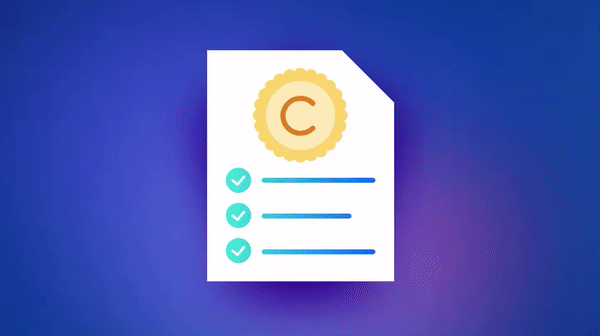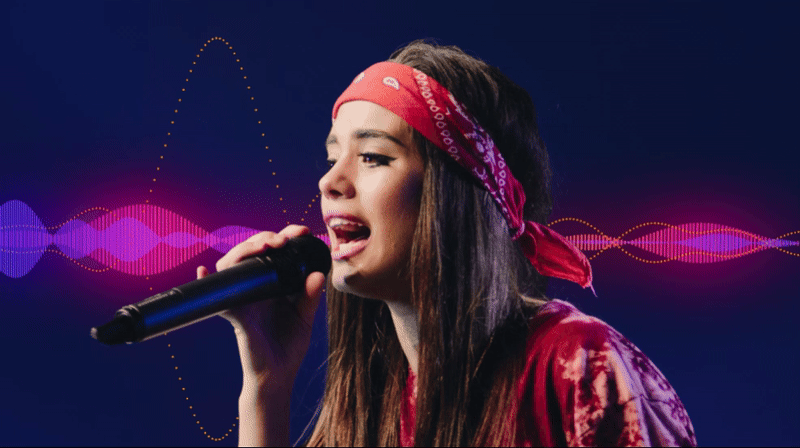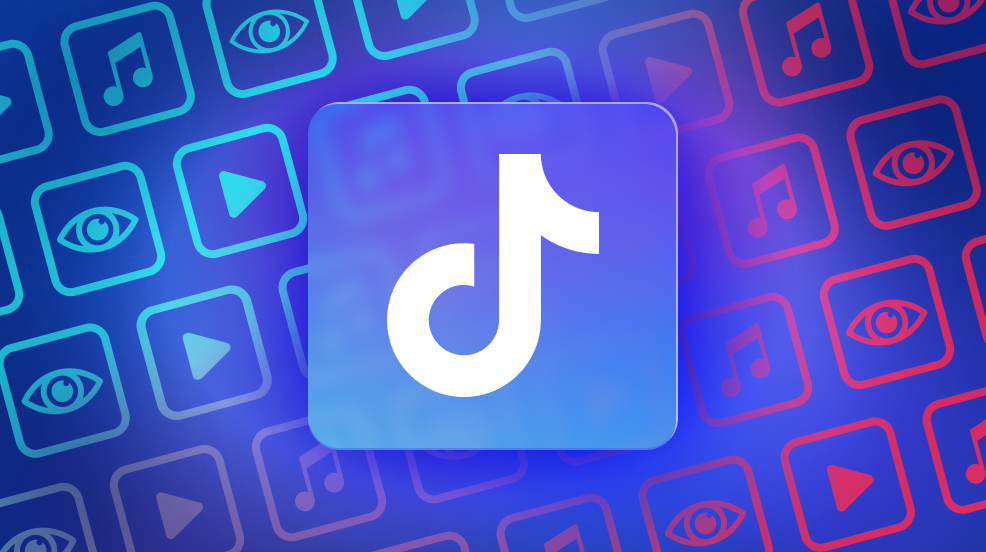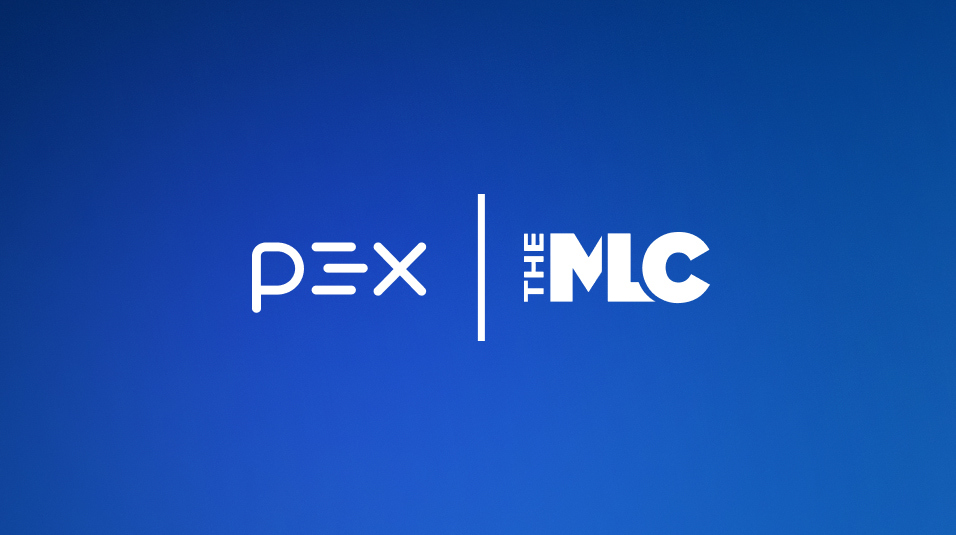Standard Technical Measures, or STMs, are the focus of many current discussions in Washington D.C., particularly around the SMART Copyright Act of 2022 and the U.S. Copyright Office STM hearings. STMs are key to copyright legislation reform in the U.S., which aims to bring laws up to speed with our current digital world, and address shortcomings of the now 24-year-old Digital Millennium Copyright Act.
STMs may sound intimidating, but are actually a simple and impactful way to ensure there is consistency across digital rights management. Every creator and rightsholder is impacted by the lack of official STMs, and would benefit from STMs being defined by the U.S. Copyright Office. You don’t have to be a music tech aficionado to understand or benefit from STMs. This blog will teach you everything you need to know about Standard Technical Measures and why creators would benefit from them.
What are Standard Technical Measures (STMs)?
The official definition of STMs according to U.S. Code §512 – Limitations on liability relating to material online, is “technical measures that are used by copyright owners to identify or protect copyrighted works and…
- have been developed pursuant to a broad consensus of copyright owners and service providers in an open, fair, voluntary, multi-industry standards process;
- are available to any person on reasonable and nondiscriminatory terms; and
- do not impose substantial costs on service providers or substantial burdens on their systems or networks.”
The definition fails to establish any existing technologies as STMs, which would make it clear to service providers what technologies should be used to identify copyright, and set a standard so that subpar solutions can be avoided. Because no solutions are defined as STMs, it’s up to rightsholders and service providers to choose a technology, which may or may not be the most effective.
Why is setting standards for identifying and protecting copyright so important?
Digital content is uploaded and shared rapidly on social media, and much of it contains copyrighted content. We know this because of existing technologies, like Pex, that can identify copyright use online. However, most digital platforms don’t use any kind of identification technology, or may be using an ineffective solution that does not identify all uses with accuracy.
The STM conversation is unique to the U.S., where copyright reform is ongoing. However, as we have seen in the past, U.S. laws can be influenced by European laws, and the European Union’s DSM Directive – namely its Article 17 – shows how the U.S. could reform copyright laws, and how STMs would benefit a similar U.S. law. Article 17 of the DSM directive paves the way for digital platforms sharing copyrighted content to make ‘best efforts’ to:
- obtain an authorization
- ensure the unavailability of specific works and subject matter for which rightholders have provided them necessary and relevant information
- act expeditiously, upon receipt of a sufficiently substantiated notice from the rightsholders, to disable access to or remove content from their websites
- prevent future uploads of notified works
If STMs were defined in the U.S., then updated copyright laws could hold platforms to a higher standard, and give rightsholders leverage to insist platforms use STMs to identify and authorize uses of their copyrights.
Without defined STMs, and given the lack of shared incentives between creators, rightsholders and online service providers, copyright identification on platforms is still largely unregulated and unenforceable. And without incorporating STMs into copyright reforms, the U.S. will miss a huge opportunity to define an enforceable standard that would bring clarity and accuracy to copyright management.
How defined STMs would benefit rightsholders and creators
- Defined STMs would create consistency in how copyright is identified and protected on digital platforms.
- STMs would help ensure copyright is being identified with the most advanced technology, so it can be protected thoroughly.
- More copyright use would be identified so rightsholders can take action, including licensing.
- If incorporated into U.S. copyright laws, STMs would help rightholders hold platforms accountable for not meeting copyright standards.
Pex’s role in STM discussions
Pex’s vision is attribution for all, and we are on a mission to provide the creator economy with fair and transparent licensing. Our advanced identification technology as well as our real-time copyright marketplace Attribution Engine, can be used by creators and platforms to accurately identify copyright use and attribute it to the correct rightsholders. We are invested in STM discussions because we believe our industry-leading technology meets the requirements for an STM, and that it can bring proper attribution to all rightsholders and creators.
At Pex, we participated in the U.S. Copyright Office’s STM hearings where we consulted on scalability, availability, accuracy, error rate, affordability, and the deployment of STMs. We continue to educate on STMs and what our technology is capable of, to help inform policy and bring consistency to digital rights management.
Interested in leveraging Pex technology to identify and manage your copyrights on digital platforms? Reach out on our contact page to get in touch with a member of our team.











